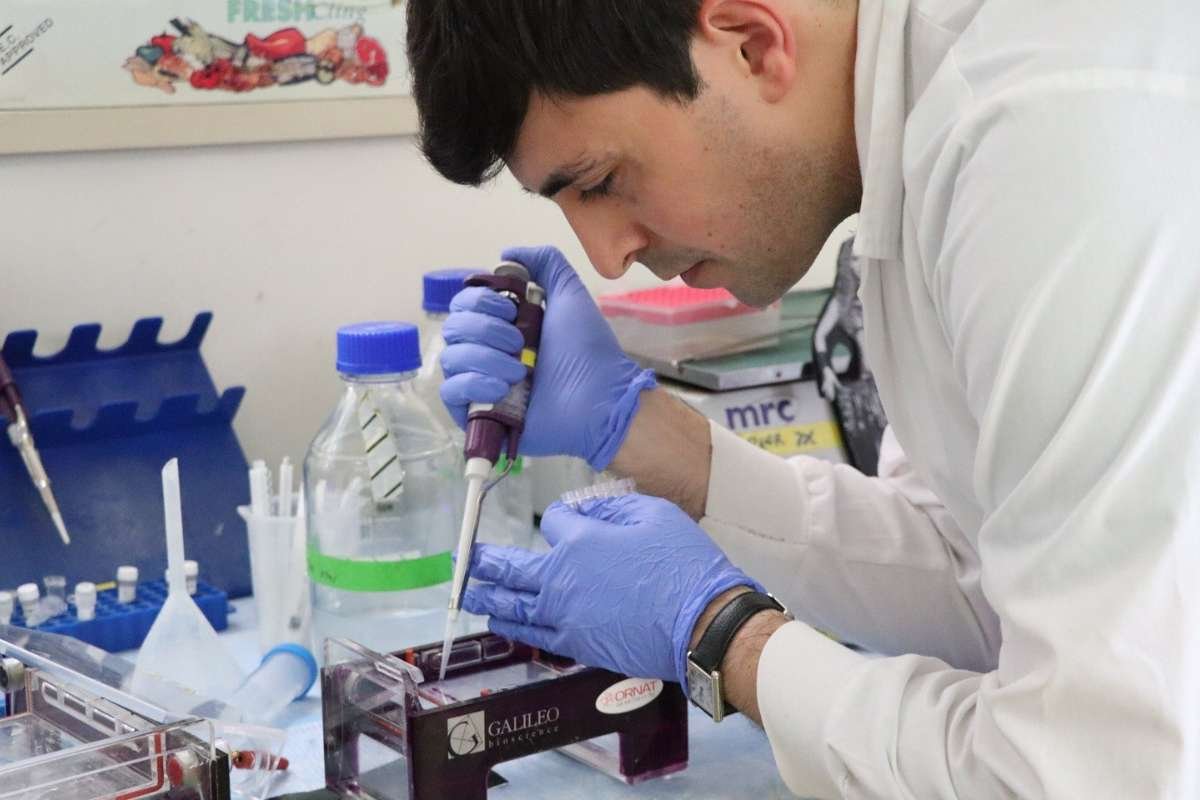Aching lower back and hips can disrupt daily life, affecting mobility and comfort. Often caused by poor posture, muscle strain, or injury, this discomfort may also result from underlying conditions such as arthritis or herniated discs. Surprisingly, hip and back pain often overlap, as the hip joint is closely connected to the spine, making diagnosis tricky.
Common symptoms include stiffness, pain radiating to the groin, and difficulty walking or sleeping. Nearly 80% of adults experience lower back pain at some point in their lives.
This blog will give you knowledge about the causes and treatment options that can help you live a quality life.
Causes of Aching Lower Back and Hips

1. Muscle Strain or Overuse
Overexertion or sudden movements can strain the lower back and hip muscles. Repetitive activities like heavy lifting or sitting for a long time can also contribute to this condition.
2. Poor Posture
Sitting or standing with improper posture can misalign your spine, causing strain on the lower back and hips. Over time, this can lead to chronic pain.
3. Arthritis
Osteoarthritis or rheumatoid arthritis can affect the joints in the hips and lower back, leading to stiffness and aching pain. Inflammatory processes exacerbate the discomfort, especially during movement.
4. Sciatica
Sciatica occurs when the sciatic nerve, running from the lower back through the hips and legs, becomes compressed or irritated. This condition often causes sharp or burning pain in the lower back and hips.
5. Herniated Disc
A herniated disc in the spine can press on nearby nerves, leading to pain radiating through the lower back and hips. This condition is often accompanied by numbness or tingling sensations.
6. Pregnancy
During pregnancy, hormonal changes and the added weight strain the lower back and hips, causing discomfort. This pain is often due to a shift in posture and pressure on pelvic joints.
7. Bursitis
Bursae are small fluid-filled sacs that cushion the joints. Inflammation of these sacs, especially in the hips, can cause aching pain that extends to the lower back.
Radiating LOWER BACK PAIN To Hip – 5 Causes + Tips To Help
Symptoms of Aching Lower Back and Hips
- Persistent dull or sharp pain in the lower back and hips.
- Stiffness or less movement
- Pain radiating to the thighs, legs, or buttocks.
- Swelling or tenderness around the hips.
- Difficulty in performing daily activities, such as bending or walking.
If your lower back and hip ache persists or worsens, it’s important that you consult a healthcare professional to get a correct diagnosis.
Treatment Options

1. Rest and Activity Modification
Take rest and avoid activities that the pain. Incorporating light stretching or low-impact exercises like walking can help maintain mobility.
2. Physical Therapy
A physical therapist can create a personalized exercise program to strengthen muscles, improve posture, and relieve pressure on the lower back and hips.
3. Pain Relief Medications
Over-the-counter pain relievers, such as ibuprofen or acetaminophen, can help to reduce inflammation and discomfort.
4. Heat and Cold Therapy
Applying heat to relax muscles or cold packs to reduce inflammation can provide temporary relief for aching lower back and hips.
5. Chiropractic Care
Chiropractic adjustments can help realign the spine and hips, reducing strain and reducing pain.
4. Injections
Corticosteroid injections may be recommended for severe inflammation or chronic pain that doesn’t respond to other treatments.
5. Surgery
In rare cases, surgery may be necessary if the pain doesn’t stop, such as a herniated disc or severe arthritis.
6. Preventive measures
You must maintain a healthy lifestyle and habits to keep your posture and muscle strength healthy. By maintaining proper posture when sitting, standing, or lifting, you can avoid unnecessary strain. Regular exercise, such as yoga or pilates, will help you to strengthen your core and improve flexibility. Daily stretching helps to reduce tension and supports joint movement that targets the lower back and hips. Supportive footwear with proper arch support can reduce strain while managing a healthy weight minimizes pressure on your back and hips. At last, staying hydrated and having a balanced diet rich in calcium and Vitamin D will keep the bones strong and reduce discomfort risks.
When to See a Doctor?
If your lower back and hips keep aching for more than a few weeks, it is because of numbness or weakness or interface with daily activities, and keep visiting your doctor for some time. A healthcare provider can diagnose the root cause through physical exams, imaging tests, or blood work.
How to Manage the Pain?

Many individuals find relief from aching lower back and hips by including these practices in their daily life which are:
- Massage Therapy: Relieves muscle tension and promotes relaxation.
- Acupuncture: Stimulates nerves and improves energy flow to reduce pain.
- Mindfulness and Meditation: Helps manage chronic pain by reducing stress and improving mental well-being.
Conclusion
Aching lower back and hips can impact your daily routine and make even simple tasks challenging. While these symptoms often arise from strain or poor posture, they may also indicate a more serious underlying condition. Taking medical advice is important, especially if the pain worsens or is accompanied by unusual symptoms.
Early diagnosis and treatment can reduce discomfort, restore movement, and prevent complications. By combining professional care with lifestyle adjustments like proper posture, regular exercise, and weight management, you can manage and prevent this pain.
An ounce of prevention is worth a pound of cure.









